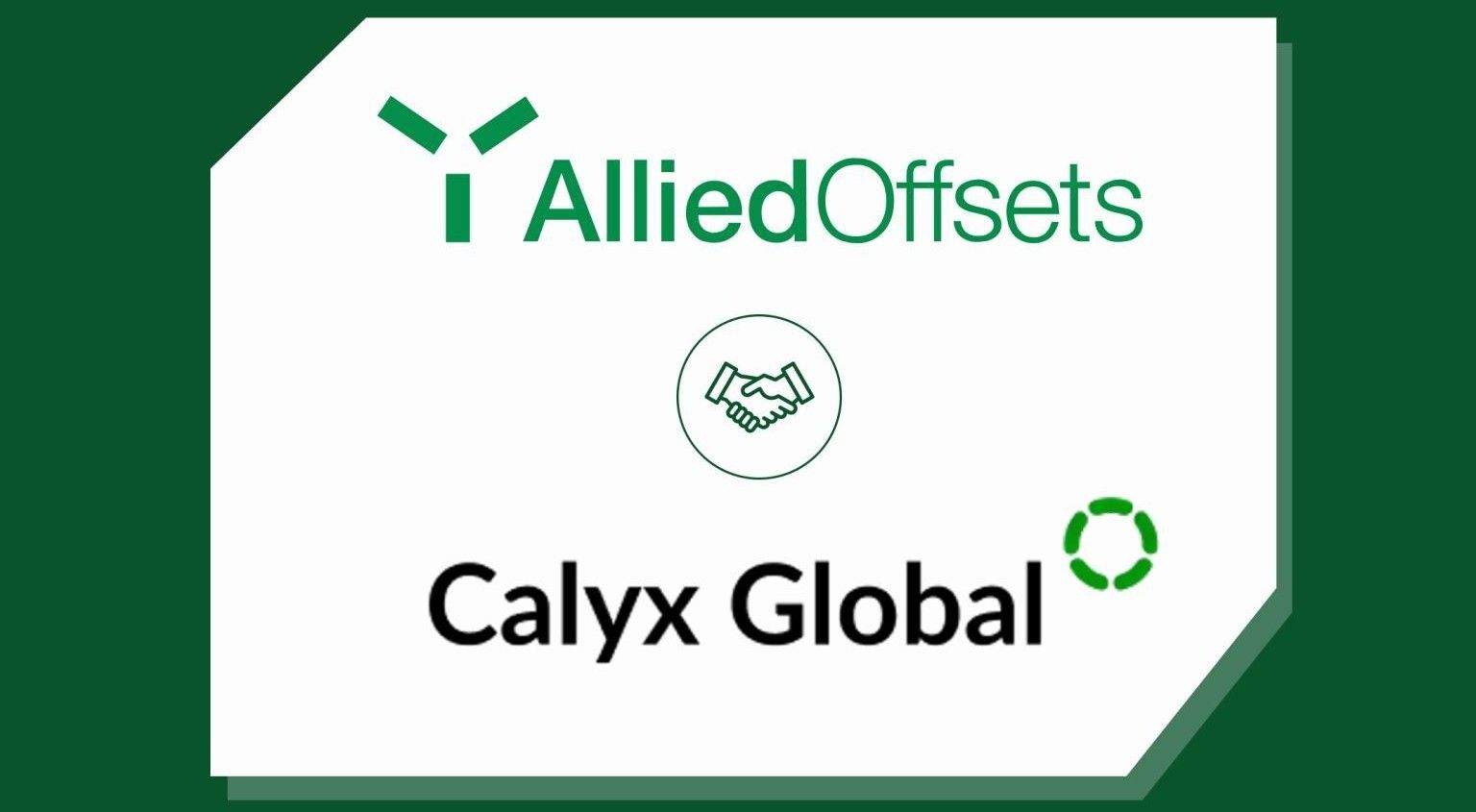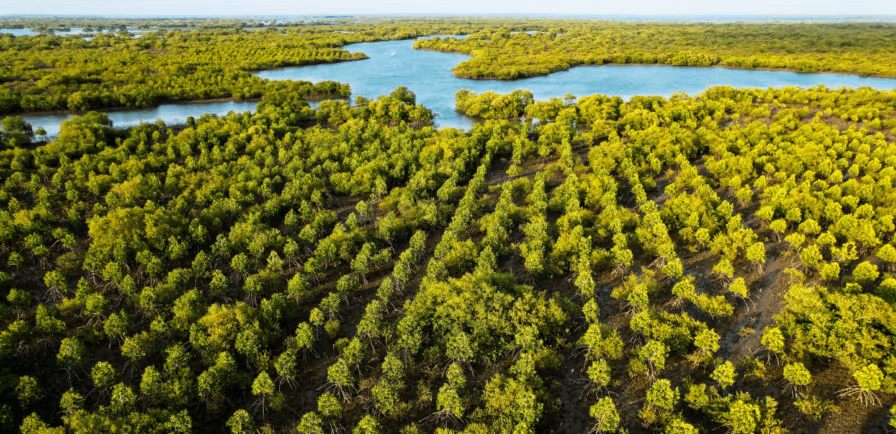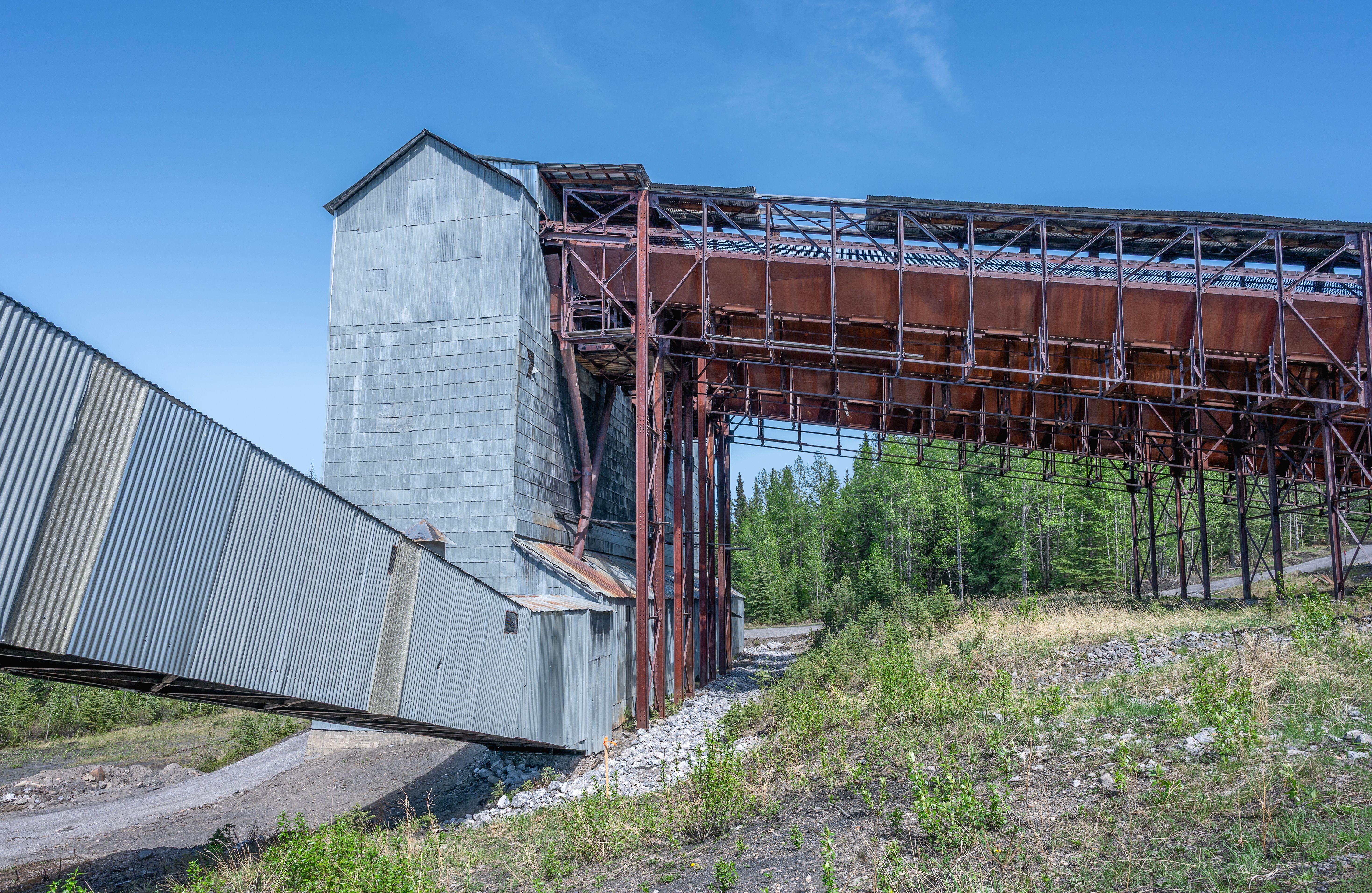
An introduction to LDAR
March 24, 2025 - Research
Calyx Global has begun rating the greenhouse gas (GHG) integrity and SDG contributions of advanced leak detection and repair (LDAR) carbon projects across oil and gas facilities. These projects reduce emissions of methane (CH₄), a potent greenhouse gas, by repairing otherwise unnoticed leaks across oil or gas transmission and distribution networks.
What is LDAR
In the context of the oil and gas industries, leak detection and repair (LDAR) is a program implemented to systematically repair gas leaks that can otherwise go unnoticed. These leaks, or fugitive emissions, contribute to global warming. Collectively, fugitive emissions are one of the largest sources of emissions from the oil and gas sector and can result in significant losses.
In some cases, more than 2% of gas that enters the pipeline may be lost to fugitive emissions before reaching the end consumer. The exact quantity of losses depends on factors like the number of leaks, the flow rate of gas through the pipeline and the ambient temperature and pressure surrounding the leak sites. An LDAR program can reduce fugitive emissions of methane by over 90% in the oil and gas facilities where it is applied, contributing to climate change mitigation efforts.
LDAR can be implemented across the aboveground transmission and distribution facilities that transport natural gas from production facilities to end consumers. Leaking components may be repaired at the processing plant where contaminants are removed from raw natural gas, compressor stations where gas is pressurized to match the connecting networks, gate stations where measuring and metering of the fuel occurs and any other aboveground portions of the pipeline.
Throughout these facilities, leaks can occur at connection points like valves, flanges and risers. These aboveground leak sources are usually accessible to repair. However, LDAR is often overlooked because repairing fugitive emission sources is generally not crucial to the distribution system’s operation and because advanced equipment and dedicated personnel are often required to implement a thorough LDAR program.
Scope and limitations of LDAR
Due to the scale of LDAR carbon projects and the high global warming potential of methane (up to 29.8 for fugitive methane emissions), LDAR carbon projects can generate hundreds of thousands of emission reductions each year. Larger projects can generate up to 4 million tCO2e of emission reduction claims annually.
Only one methodology, developed by the CDM, is currently issuing credits for LDAR projects – AM0023: Leak detection and repair in gas production, processing, transmission, storage and distribution systems and in refinery facilities. Projects developed under this methodology can receive carbon credits for effectively implementing an advanced LDAR program that goes above and beyond conventional gas leak repairs. The methodology AM0023 provides detailed procedures for the detection, measurement and subsequent monitoring of leak repairs.
In the voluntary carbon market, 11 projects have been developed under AM0023 and five are currently issuing credits. Projects are currently registered on the CDM and VCS registries (some projects initially registered with the CDM and later transferred to register under VCS). As of 2024, all active LDAR carbon projects are located in Bangladesh.

LDAR carbon projects
Under the carbon credit methodology AM0023, projects are required to follow specific procedures to demonstrate their additionality, establish their baseline and detect and quantify leaks. The methodology specifies that the only leaks that may receive carbon credits are those that would not have been repaired in the project’s absence. The methodology also requires that follow-up surveys be conducted prior to each credit issuance to ensure that no reversed repairs (i.e., repairs that started leaking again) are credited.
Since LDAR is already implemented in some capacity at many oil and gas distribution facilities, AM0023 also requires thorough documentation of the project’s ‘business-as-usual’ practices. The methodology aims to go above and beyond conventional LDAR and reduces leaks that would otherwise be overlooked by existing measures.
The exact structure of an LDAR program may depend on the needs and resources available to the gas distribution network. In general, projects may involve the following phases:
- Feasibility survey: Leaks are sampled at various locations across the gas distribution/transmission network. These sampled leaks allow estimates to be made of the scale of leak reduction possible through implementing a full-scale LDAR program, as well as the financial costs and resources required to implement a full-scale LDAR program.
- Leak detection and repair (initial baseline survey): In carbon projects, this initial survey serves as the baseline for emission reductions. The LDAR team travels to sites across the distribution network to detect, measure and repair leaks.
- Monitoring (subsequent surveys): Following the initial survey, LDAR teams must regularly monitor the repaired leaks to ensure that leak repairs remain functional and that no new leaks have arisen. A small team may visit sites ‘in the field’ to re-measure leaks directly. Some technology options may allow for remote monitoring of leaks, though these technologies may not detect 100% of fugitive emissions.

The current state of LDAR
LDAR occurs in many locations without carbon credits, especially in developed countries. In countries like Canada, regulations are enforced to reduce fugitive emissions and it has become common practice for the oil and gas industries to implement LDAR. Furthermore, many oil and gas companies have committed to significant methane reductions under voluntary initiatives like the global methane pledge. To fulfill their pledges, many of these companies are taking initiative to develop LDAR independently, without financial support from carbon markets.

Original data source: IEA Methane Tracker Database[1]
However, in much of the developing world, LDAR is not yet common practice. In some cases, the gas and oil distribution networks may face more pressing challenges, such as ensuring that more customers are connected to the gas network, or that aging infrastructure or illegal connections do not pose a safety hazard. In such cases, carbon revenue may provide an essential boost to the prompt implementation of advanced LDAR.
Every day, methane leaks go unnoticed, contributing to climate change. Our ratings uncover which LDAR projects are making a difference. To access in-depth assessments of LDAR projects in the carbon markets, subscribe to our ratings platform today.
Citations:
[1] IEA. (2024). Methane Tracker Database. Accessible at: https://www.iea.org/data-and-statistics/data-product/methane-tracker-database
Keep up with carbon market trends
Get the monthly newsletter and stay in the loop.
Trusted By



Next Up

AlliedOffsets integrates Calyx Global carbon project ratings in its Carbon Market Dashboard
November 6, 2025

Blue Carbon: What the rising tide of coastal conservation means for the voluntary carbon market
November 4, 2025

Abandoned mine methane (AMM): what it is, where projects are, and what to watch for
October 29, 2025